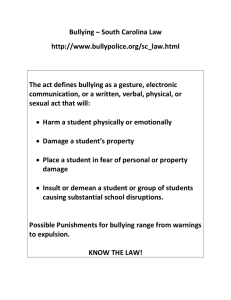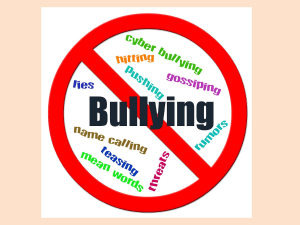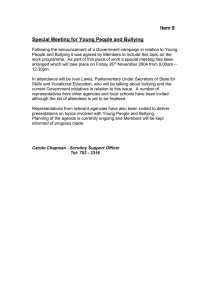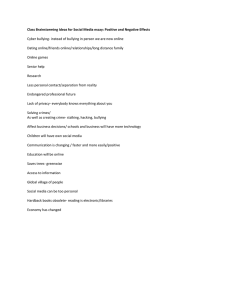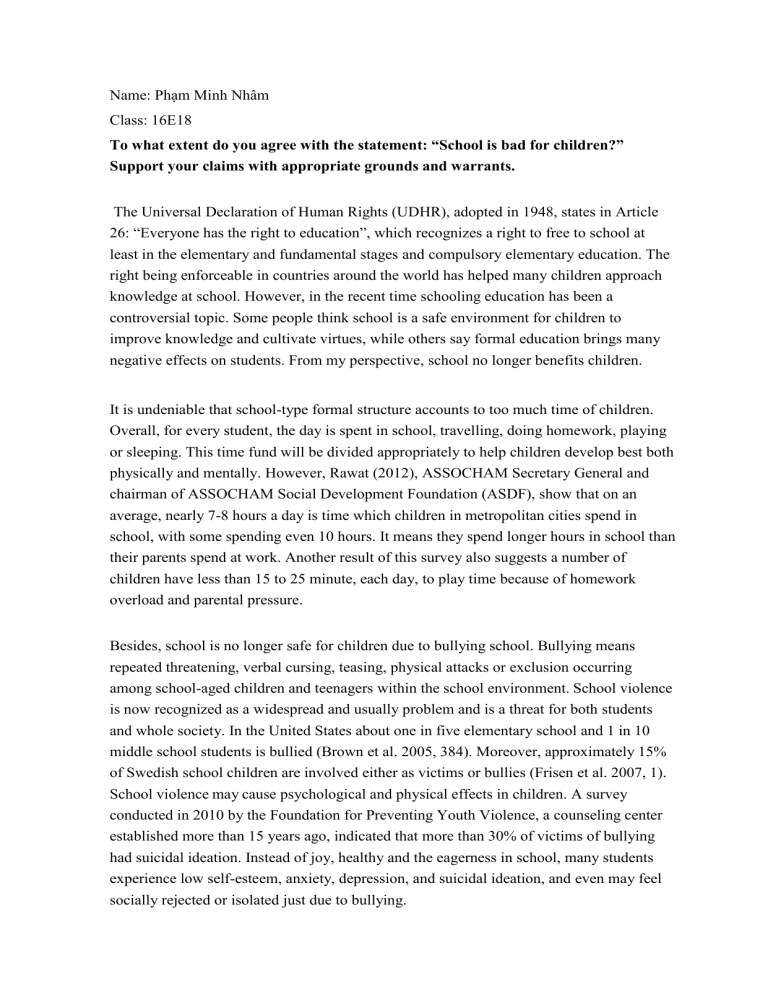
Name: Phạm Minh Nhâm Class: 16E18 To what extent do you agree with the statement: “School is bad for children?” Support your claims with appropriate grounds and warrants. The Universal Declaration of Human Rights (UDHR), adopted in 1948, states in Article 26: “Everyone has the right to education”, which recognizes a right to free to school at least in the elementary and fundamental stages and compulsory elementary education. The right being enforceable in countries around the world has helped many children approach knowledge at school. However, in the recent time schooling education has been a controversial topic. Some people think school is a safe environment for children to improve knowledge and cultivate virtues, while others say formal education brings many negative effects on students. From my perspective, school no longer benefits children. It is undeniable that school-type formal structure accounts to too much time of children. Overall, for every student, the day is spent in school, travelling, doing homework, playing or sleeping. This time fund will be divided appropriately to help children develop best both physically and mentally. However, Rawat (2012), ASSOCHAM Secretary General and chairman of ASSOCHAM Social Development Foundation (ASDF), show that on an average, nearly 7-8 hours a day is time which children in metropolitan cities spend in school, with some spending even 10 hours. It means they spend longer hours in school than their parents spend at work. Another result of this survey also suggests a number of children have less than 15 to 25 minute, each day, to play time because of homework overload and parental pressure. Besides, school is no longer safe for children due to bullying school. Bullying means repeated threatening, verbal cursing, teasing, physical attacks or exclusion occurring among school-aged children and teenagers within the school environment. School violence is now recognized as a widespread and usually problem and is a threat for both students and whole society. In the United States about one in five elementary school and 1 in 10 middle school students is bullied (Brown et al. 2005, 384). Moreover, approximately 15% of Swedish school children are involved either as victims or bullies (Frisen et al. 2007, 1). School violence may cause psychological and physical effects in children. A survey conducted in 2010 by the Foundation for Preventing Youth Violence, a counseling center established more than 15 years ago, indicated that more than 30% of victims of bullying had suicidal ideation. Instead of joy, healthy and the eagerness in school, many students experience low self-esteem, anxiety, depression, and suicidal ideation, and even may feel socially rejected or isolated just due to bullying. Some opponents suppose that school is an ideal destination for children to express themselves and help them to gain essential skills for future life. But in fact, our education system often seems to push creativity out of the curriculum. Most of the children are initially creative, resourceful, active and curious about the surrounding environment. According to a test devised by NASA 98 percent of children are born creative geniuses scientists. However schools accidentally turn them into passive students due to their teaching methods and limited freedom. Students have to be compelled to spend almost of a day into space of class or school with full of chairs, table, numbers and words. Additionally, teachers tend to shape children’s way of thinking mechanically, which make children lose the ability to think outside the box. What students do and creates tends to be based on the permissions of teachers. For example:” Students are reluctant to carry on any work without teacher permission or instruction”. That makes students become passive, have the tendency to rely on teachers. While I admit that school brings some indisputable benefits to student education, from my point of view, its disadvantages outweighed the advantages that it has. Schooling not only may make children suffer from psychological and physical effects due to bullying but also take time and creativity of them. Therefore, it will be necessary for parents to consider the strengths and weaknesses of the schooling so that they can make the most informed decision in educating their children. REFERENCE LIST Assocham Social Department Foundation Survey (2012). The Times of India: Children spend more hours in school than adults do in office: Assocham. https://timesofindia.indiatimes.com/city/lucknow/Children-spend-more-hours-in-schoolthan-adults-do-in-office-Assocham/articleshow/15271798.cms Gaia (2018). We’re born natural innovators, so does school kill creativity? https://www.gaia.com/article/does-education-kill-creativity Limo (2015). Bullying among teenagers and its effects. Theseus. The Foundation for Preventing Youth Violence Survey (2010). CNN: South Korea's school bullying has deadly consequences. https://edition.cnn.com/2012/01/18/world/asia/south-korea-bullying/index.html
